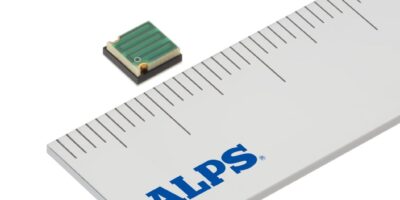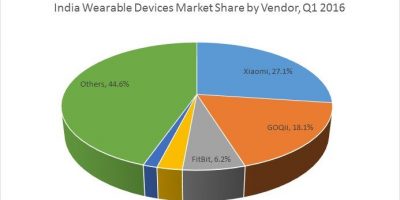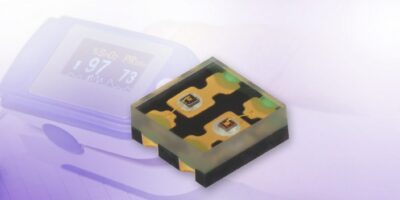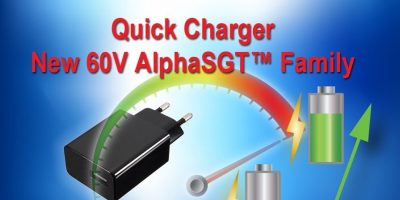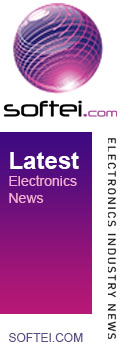To address small form factors and power efficiency for communication modules to connect IoT devices to the network, ALPS offers the low-power UGMZ2AA Bluetooth SMART Communication Module with built-in antenna.
Sector News
Fitness bands drive the wearable market in India
According to the International Data Corporation (IDC), the wearable market in India clocked just over 400,000 units in the first quarter of 2016. As per IDC Worldwide Quarterly Wearable Device Tracker, the market was largely driven by fitness bands with 87.7 percent market share whereas smart wearables, defined as any wearable that can run third-party applications, contributed to around 12.3 percent.
Dual colour and IR diode replace two leaded diodes
To save space in wearable devices and medical patient monitoring systems, a dual-colour red and IR emitting diode is designed to save space. Vishay Semiconductors offers the diode in a compact 2.0 x 2.0 x 0.87mm package.
MOSFET speed charging for portable devices
Eight 60V MOSFETs are designed for synchronous rectification in flyback converters, used in quick chargers for portable devices, such as smartphones. The AlphaSGT series from Alpha and Omega Semiconductor is made up of AO4262E, AO4264E, AO4268, AON6262E, AON6264E, AON6268, AON7262E and AON7264E.
About Weartech
This news story is brought to you by weartechdesign.com, the specialist site dedicated to delivering information about what’s new in the wearable electronics industry, with daily news updates, new products and industry news. To stay up-to-date, register to receive our weekly newsletters and keep yourself informed on the latest technology news and new products from around the globe. Simply click this link to register here: weartechdesign.com


